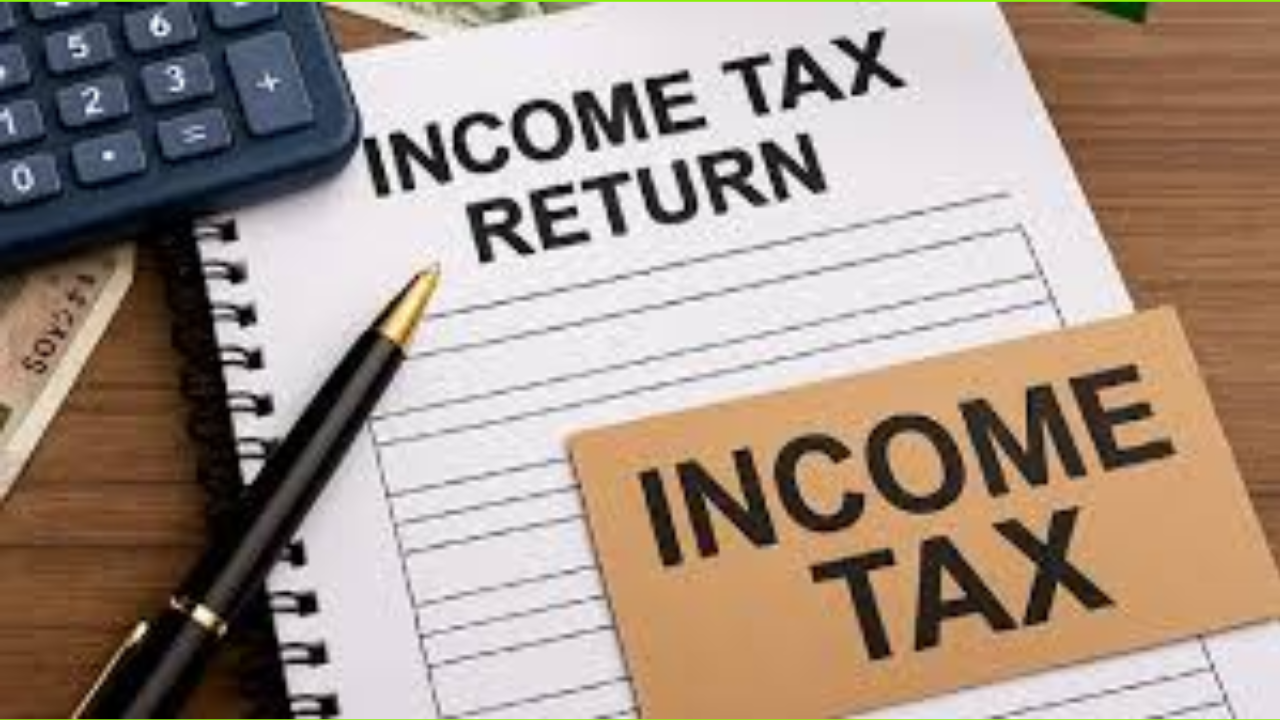The Income Tax Department has released the offline Excel-based utilities for filing Income Tax Returns (ITRs) for the Financial Year 2024–25 (which is the Assessment Year 2025–26). You can now download these tools for ITR-1 (Sahaj) and ITR-4 (Sugam) from the official income tax e-filing website.
While the direct online filing facility isn’t active yet, these Excel utilities let you prepare your returns offline. Simply input your income, deduction, and tax details, verify everything, and then generate a JSON file to upload to the portal. This is a great way to get a head start on your taxes!
The due date to file income tax returns for FY 2024–25 is September 31, 2025.
Important Changes for Old Tax Regime Filers
If you’re filing under the Old Tax Regime using ITR-1 or ITR-4 for Assessment Year 2025–26, be aware that you’ll need to provide seven new sets of information when claiming deductions and exemptions. This move aims to boost transparency, cut down on errors, and tighten compliance for popular tax benefits, as noted by CA Akhil Pachori.
Here’s a breakdown of the new details required:
- 1. Enhanced HRA Disclosure: When claiming House Rent Allowance (HRA) exemption under Section 10(13A), you’ll now need to disclose:
- Place of work
- HRA received
- Rent paid
- Basic salary + Dearness Allowance (DA)
- Whether your city is metro or non-metro (for calculating 50% or 40% of basic salary).
- This will help the tax department automatically validate your HRA claims.
- 2. Section 80C: Proof of Deductions: To claim deductions for instruments like PPF and life insurance, you must now provide the document or receipt number, along with your PPF account number or insurance policy number.
- This will help match deductions with actual investments and prevent inflated claims.
- 3. Section 80D: Medical Insurance Info: For health insurance premium claims, it’s now mandatory to disclose the name of the insurance company and the policy or document number.
- This ensures that your Section 80D deductions are verifiable.
- 4. Section 80E: Education Loan Details: If you’re claiming interest deductions on education loans, you’ll need to submit:
- Name of the lender and bank name
- Loan account number
- Sanction date
- Total loan amount
- Outstanding loan as of March 31
- This granular data aims to curb misuse and improve audit trails.
- 5 & 6. Section 80EE/80EEA/80EEB: Home & EV Loans: Similar detailed disclosures are now required for deductions under Section 80EE, 80EEA, and 80EEB for housing and electric vehicle loans, including lender details, sanction dates, and outstanding balances.
- 7. Section 80DDB: Specified Diseases: Taxpayers claiming relief under Section 80DDB for the treatment of specified ailments must now mention the exact name of the disease.
- This adds transparency and aids classification during scrutiny.
These updates are part of the department’s broader strategy to use data-backed tax processing. The goal is to make ITR filings more accountable and automated through real-time validations.


















I do not even know how I stopped up right here, however I assumed this post used to be great. I do not understand who you might be however certainly you’re going to a well-known blogger in case you are not already 😉 Cheers!